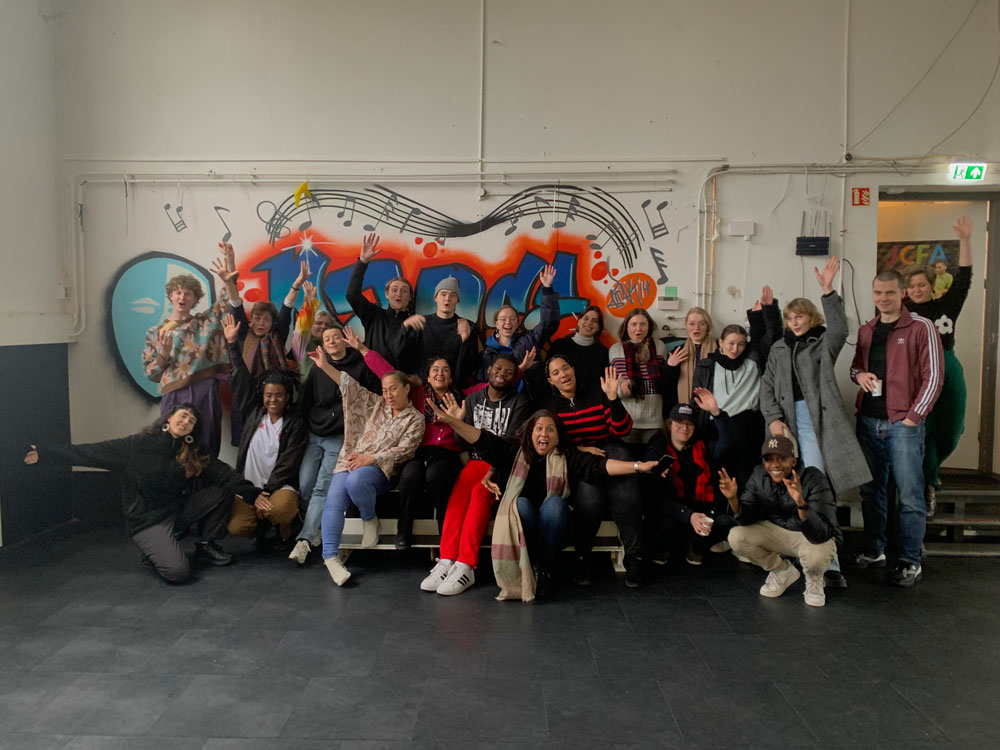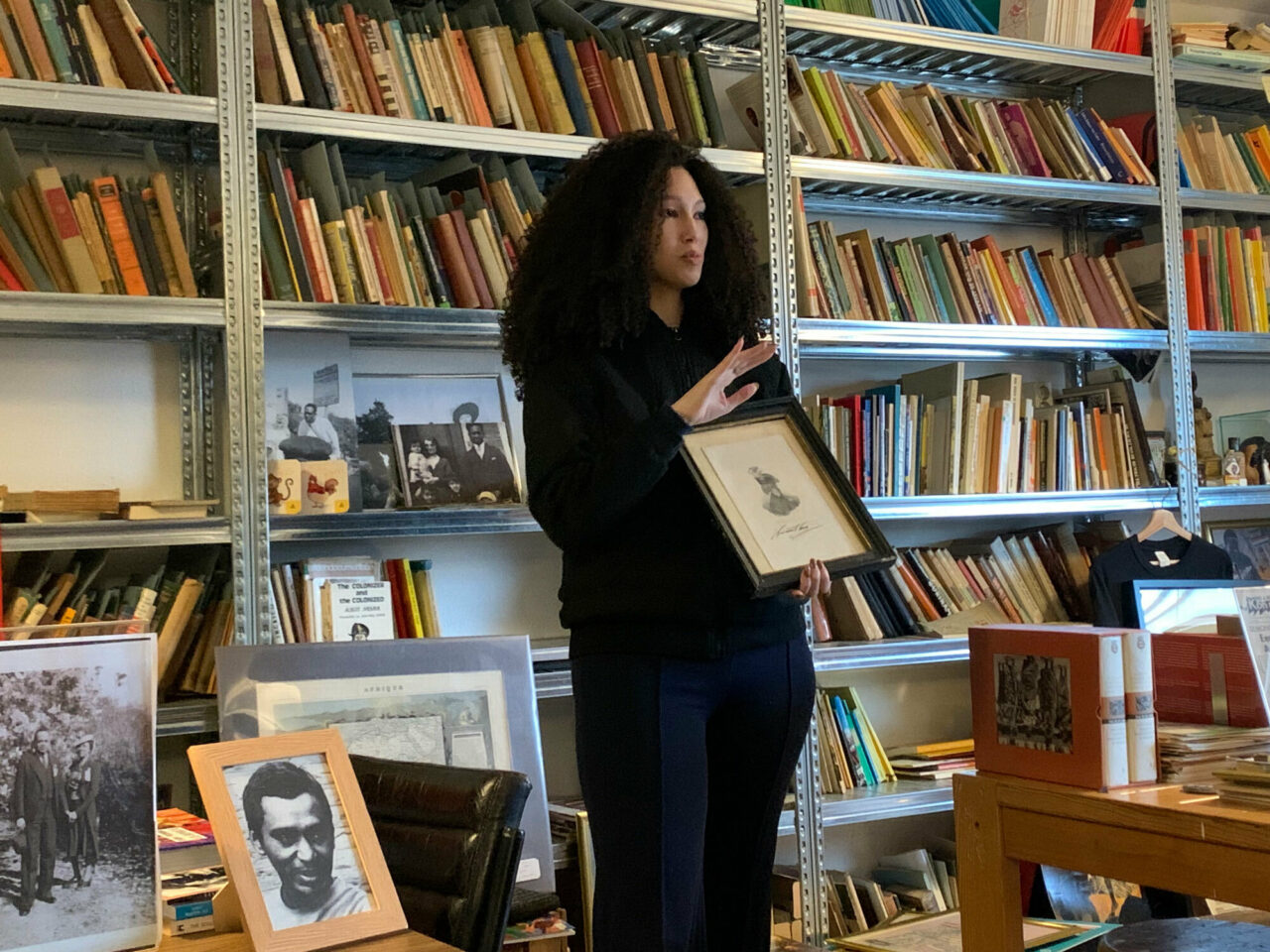This field trip is part of the Graphic Design project weeks: Questions to Dismantle the Masters’ House.
Let’s do research in the design field on our own practical terms – the offer of a whole week devoted to research activities, deliberately planned in between semester 1 and 2 of the
This field trip has been guided by Ingrid Grunwald and Els Kuijpers. In Collaboration with Isabelle Britto from The Black Archives, The Kids of Amsterdam & Marian Duff from Oscam.
Monday 23 January, first a few presentations on what research is in the context of cultural production – introductions that made us consider the many relations design is involved in, like the one between the ideal-real, the inside-outside; micro-macro levels –making us aware there is more than one take only on research in design.
Next day – 24 January – our field trip brought us to Amsterdam, to our capital for doing field work, this particular way of researching stemming from anthropological methodology that takes sensorial practice in reality. Not as subjective experience only, but as practical knowledge. As such it introduced us into a specific and most interesting concrete way to do research and an opportunity to train this practical method, exactly what design in essence is.
With a group of around 20 international students, we first travelled to the Black Archives to get introduced to a once privately owned collection of c 15.000 books and documents assembled around issues of [post]colonial and identity politics – colour mainly. We all agreed it is an important body of knowledge that as soon as it will publicly circulate, will help to build a new realism our society urgently needs.
Visiting the exhibition ‘Facing Black Face’ in the same building, made us aware of the important differences between research into archives and documents compared to books and exhibitions – investigating more or less ‘raw’ materials waiting for interpretation – and those media staged from a specific mentality and point of view, already interpreted.
Experiences were exchanged during a tasty lunch – culture too! – with Surinamese specialties at the Kids from Amsterdam, served by women who for years now, welcome Amsterdam children, all children, not only the ones belonging to affluent families. Making us aware of the pragmatic level of communication, the public function graphic design originates from.

Our final trip to Bijlmer, visiting ‘Black Joy’ at Orcam – an art gallery performing artistic works of artists living in this neighbourhood or belonging to this community – was most impressive. Partly because of the work and people we met; partly because it was centrally staged in the commercial area of Bijlmer, functioning as a vivid marketplace of commoners doing their everyday shoppings, walking in and out.
The huge variety of experiences of these 2 research days were digested during intense workshops at 25 + 26.1; resulting in many research questions – some more traditional academic in nature, but others formulated in ways that open the message in design, so can serve as a realistic starting point driving one’s practice.
A great start – a good training; we are on our way – to be continued!
